Le Grand-Pressigny Museum – fully renovated in 2009 – is one of the oldest devoted to Prehistory in Europe. Its fantastic collections and status as a “Musée de France” make it an iconic French Prehistory museum.
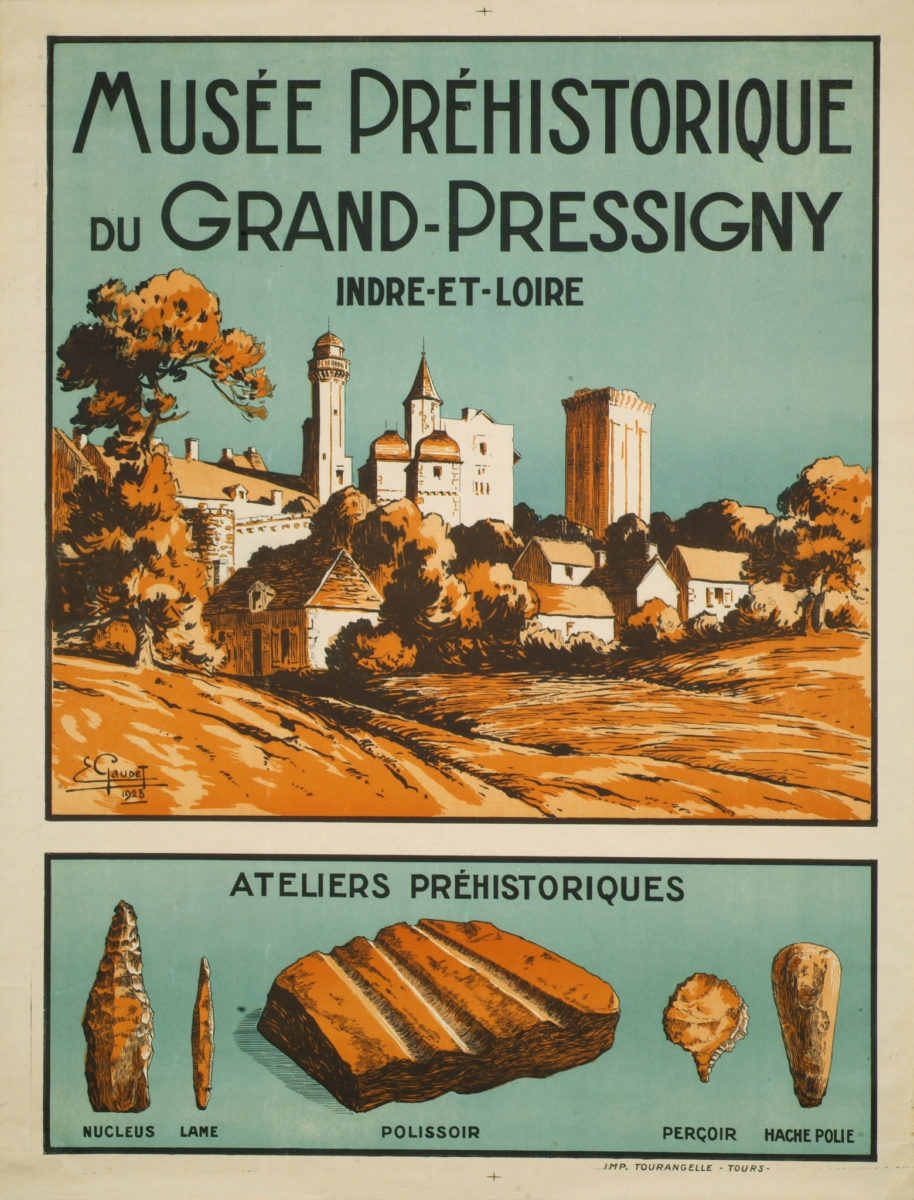
Before the museum
Local scholars are behind the museum’s foundation. Keen amateurs lived in Le Grand-Pressigny and they discovered the first examples of Neolithic carving workshops in the late 19th century. So it’s only natural that their dream was for the village to have a museum.
Doctor Auguste Léveillé (1805-1880) was the first person to take an interest in the nature and date of the relics discovered in Le Grand-Pressigny.
In 1883 a group of over a hundred blades were found in Les Ayez, in Barrou, the first evidence of Neolithic carvers’ workshops and expertise.
The Prehistoric Congress of France brought the best French archaeologists together in Tours in 1910 and they visited Le Grand-Pressigny.
1922: The museum opened in the Town Hall
The first museum opened in the Town Hall in October 1922. The collections, which saw the publication of catalogues, were soon listed as a French Monument Historique. The Amis du Musée du Grand-Pressigny Association was founded in 1935 and is still very active.
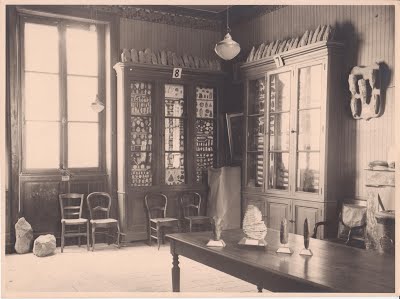
1954: Transfer of a huge Neolithic buffer
Les Bordes buffer, the “Birette Stone“, was transferred from Le Petit-Pressigny to the château courtyard where it still stands.http://memoire.ciclic.fr/11586-activites-au-musee-de-prehistoire-du-grand-pressigny, from 2’12).
1955: The museum moved into the château
The general public could visit collections provisionally housed on the Renaissance gallery ground floor, a set-up in the upper gallery.
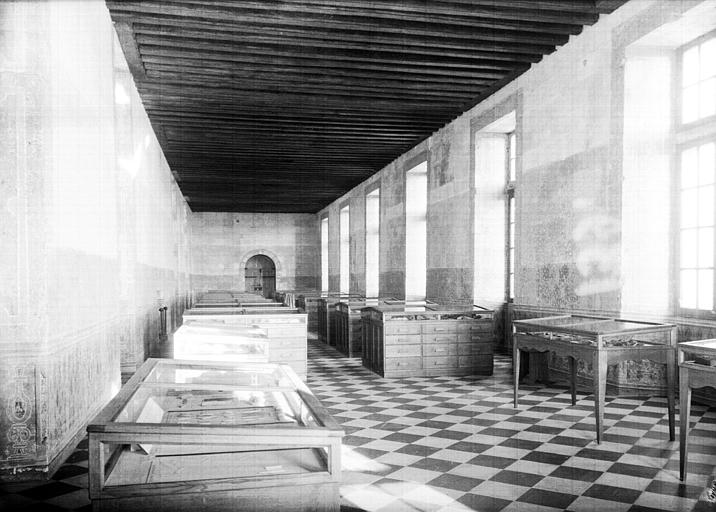
1991: The museum got an update
The museum was fully renovated and updated in the Renaissance gallery with the arrival of visual reconstructions.
The state supported the refurbishment and renovation project relaunch in late 2004.
The museum today
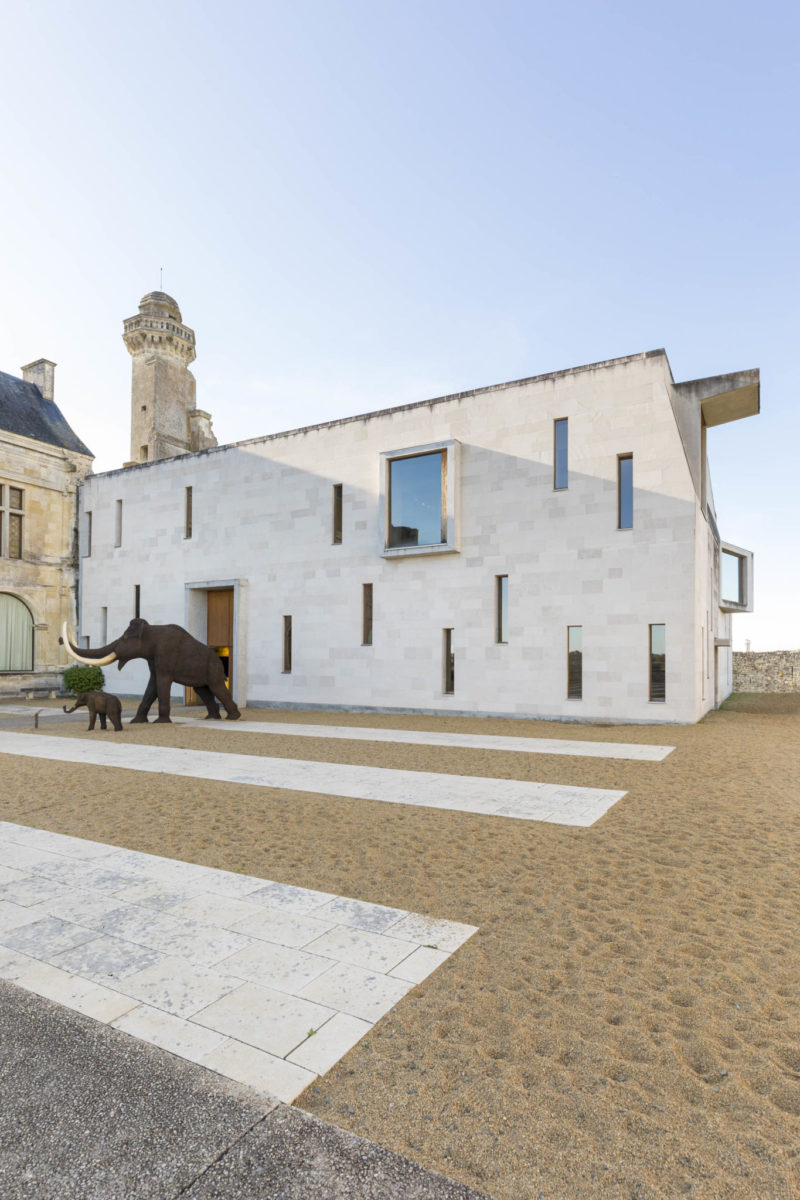
After two years of work, the museum reopened in 2009 and visitors could explore a modern new space highlighting some of the château’s ruins that are visible from the exhibition areas. Outside, modern lines create a new perspective with the Renaissance gallery which you can see from the main courtyard.
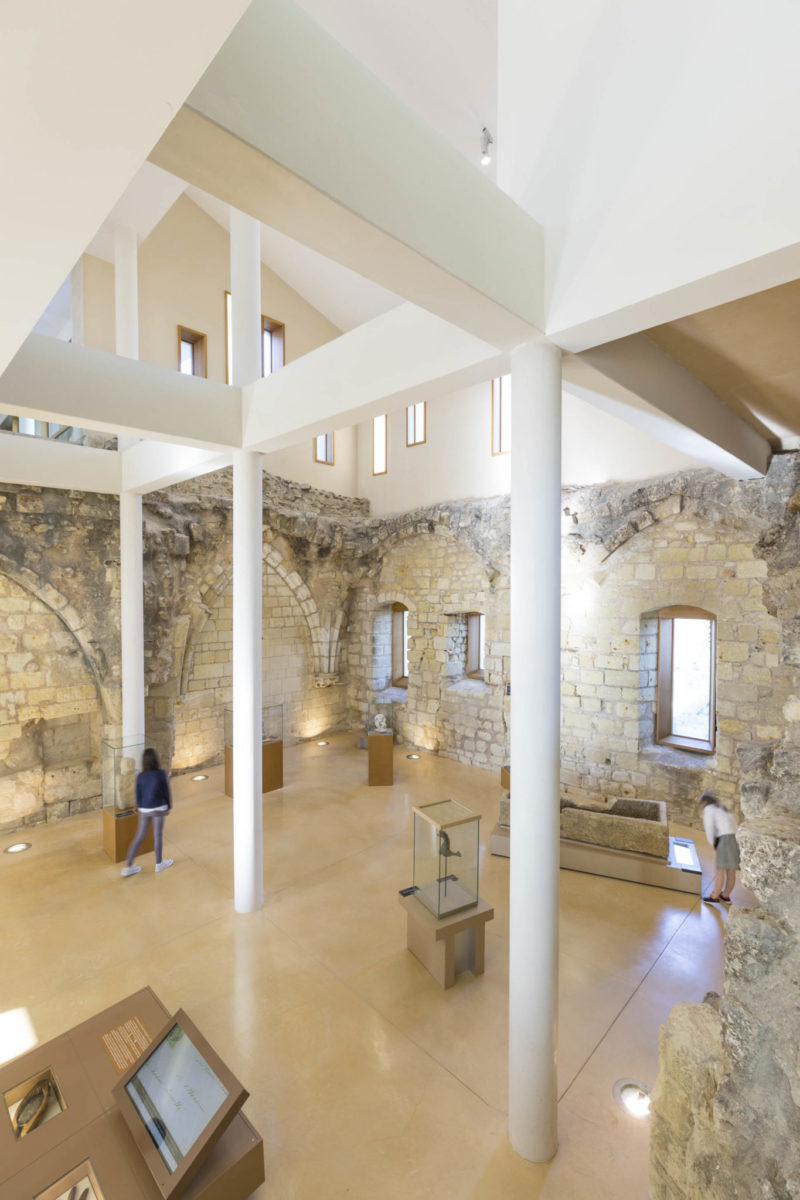
Once you go through the main door, the open-plan interior reveals its calling as a bridge between the ages, with contemporary construction areas next to the château’s old stones, temporary exhibitions and large windows so you can feast your eyes on the keep, gallery, main courtyard and surrounding landscapes.
The design by the architect Bernd Hoge stands out for its remarkable and innovative character as part of the first regional panorama of contemporary architecture in the Centre Val de Loire region.








